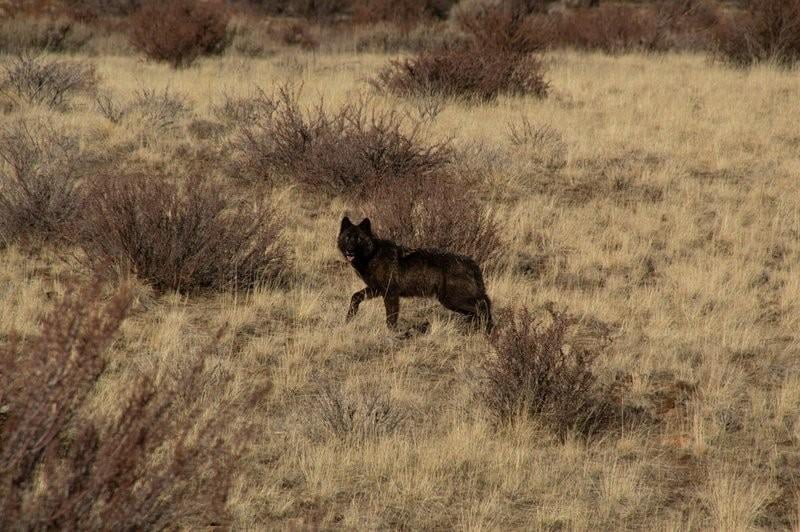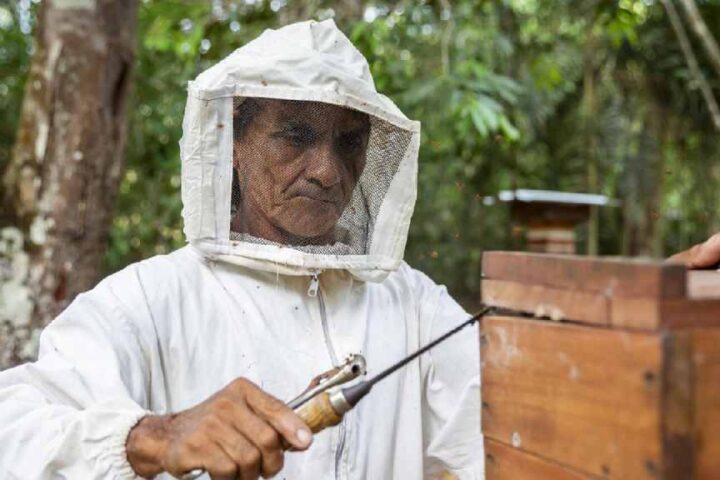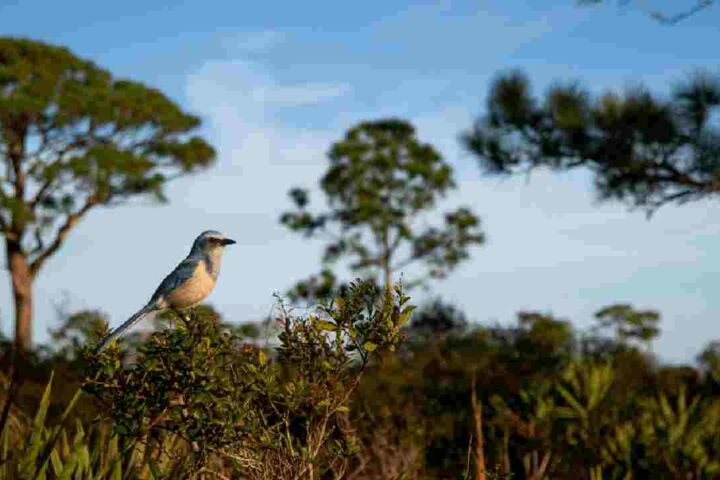California’s gray wolf recovery reached a milestone this month as state wildlife officials confirmed three new packs in the northern part of the state. The California Department of Fish and Wildlife (CDFW) announced the Ishi pack in eastern Tehama County, the Tunnison pack in central Lassen County, and the Ashpan pack in eastern Shasta County, bringing the state’s total to ten wolf packs.
“How wonderful to witness another year of continued growth in California’s recovering wolf population,” said Amaroq Weiss, senior wolf advocate at the Center for Biological Diversity. “It’s inspiring to watch this renaissance.”
The Ishi pack consists of at least three members, while both the Tunnison and Ashpan packs have at least two wolves each. One wolf in the Tunnison pack, identified as LAS32F, wears a collar that no longer functions.
Similar Posts
Wildlife officials studied these wolves since late 2023 but only declared them as packs after documenting their consistent presence in established areas over six months, using cameras, tracks, and genetic samples.
This expansion represents a significant comeback for a species driven to extinction in California by the mid-1920s. The state’s wolf recovery began in 2011 when a radio-collared wolf from Oregon, known as OR-7, crossed into California. The first contemporary pack wasn’t established until 2015.
The return of wolves has created challenges for ranching communities. Between March and early May 2025, CDFW investigated 33 reported livestock attacks, confirming 18 were caused by wolves. Research from UC Davis found that a single wolf can cause between $69,000 and $162,000 in losses to cattle operations through both direct kills and indirect effects like stress-induced weight loss and reduced pregnancy rates.
These concerns have prompted five Northern California counties—Shasta, Lassen, Modoc, Plumas, and Sierra—to declare local states of emergency.
“Wolves are coming too close to homes, showing no fear of people, and putting our rural families at risk,” said Shasta County Supervisor Corkey Harmon during the county’s emergency declaration on May 13.
Kirk Wilbur, Vice President of the California Cattlemen’s Association, advocates for delisting wolves from the state endangered species list to allow more management options for ranchers facing substantial livestock losses.
Gray wolves remain protected under both state and federal endangered species acts, making it illegal to harm, harass, hunt, or kill them except in defense of human life. However, California has entered “Phase 2” of its 2016 Conservation Plan after confirming at least four breeding pairs for two consecutive years. This phase includes exploring permits for “less-than-lethal harassment” methods like rubber bullets and motorized equipment to deter wolves from livestock.
To help ranchers monitor wolf movements, CDFW launched a new “Wolf Location Automated Mapping System” in May 2025, showing approximate locations of the state’s 14 GPS-collared wolves.
Conservation groups emphasize that conflicts between wolves and livestock are “rare and preventable” and highlight wolves’ ecological benefits. With the new additions, there are now at least 78 wolf family territories across California, Oregon, and Washington, though many areas with suitable habitat remain unoccupied.
“These magnificent animals help keep nature wild and healthy,” said Weiss, “and that ultimately benefits humans as well.”


















